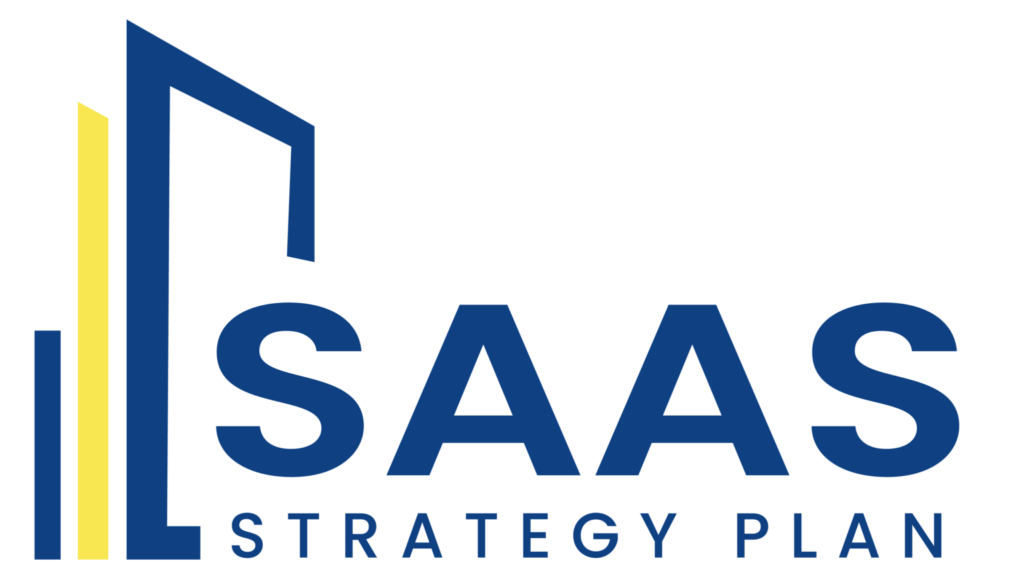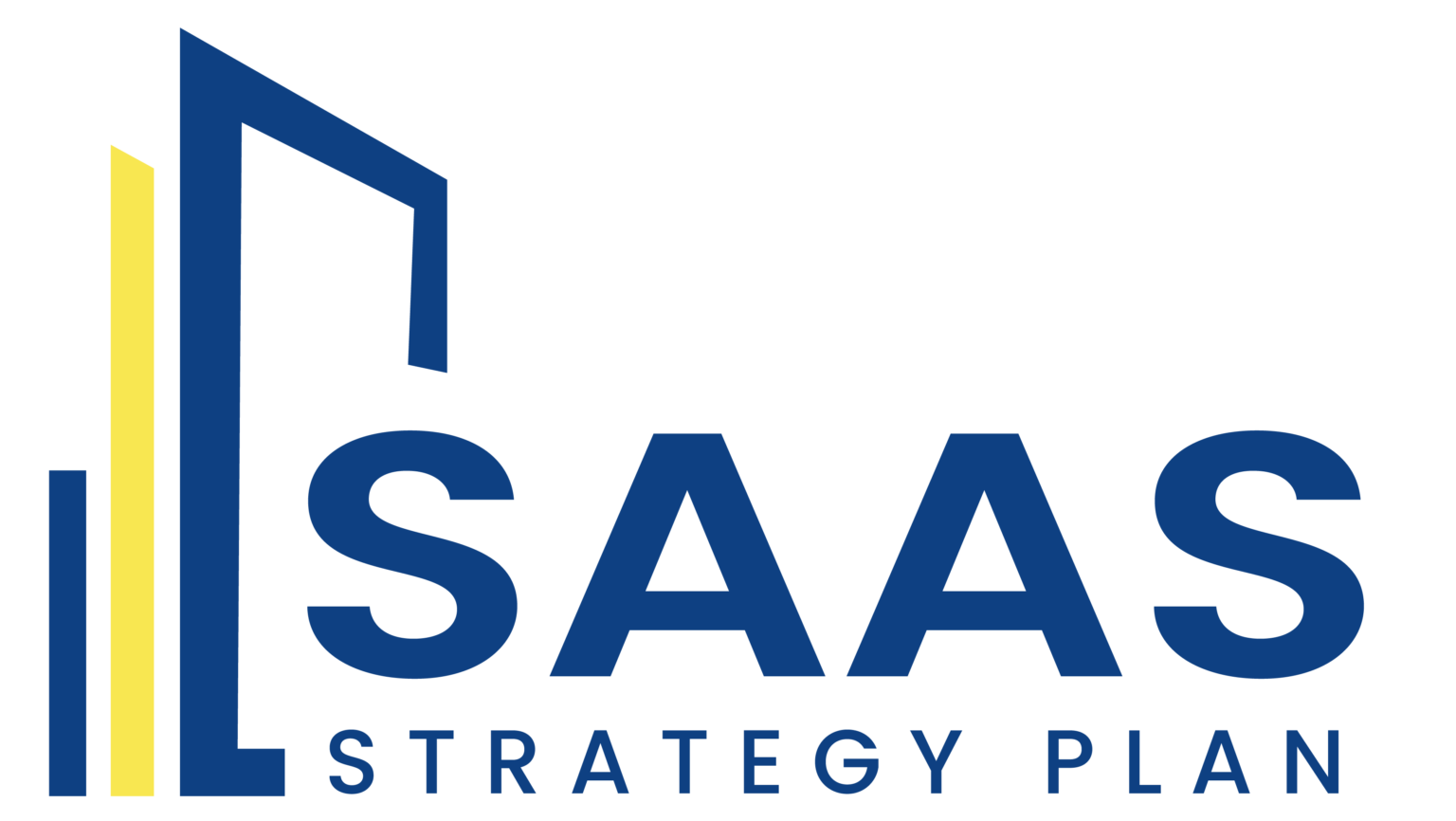The Future of SaaS: Emerging Trends You Need to Watch in 2024
The SaaS industry is evolving at an unprecedented pace, driven by advancements in technology, changing customer expectations, and emerging business models. Staying ahead of these trends is critical for SaaS companies to remain competitive and thrive in 2024 and beyond. Here are the key trends shaping the future of SaaS and how you can leverage them to position your business for success. AI and Automation: Revolutionizing SaaS Trend Insight: Artificial Intelligence (AI) and automation are no longer optional in SaaS. From predictive analytics to intelligent workflows, these technologies are reshaping how businesses operate and make decisions. How to Leverage It: Integrate AI Features: Add AI-powered insights, chatbots, and recommendations to enhance user experience. Streamline Operations: Use automation to simplify repetitive tasks, such as invoicing or customer onboarding. Upskill Your Team: Train your team to leverage AI tools for better decision-making and efficiency. Emphasis on Cybersecurity Trend Insight: With the rise in cyber threats, SaaS customers are demanding robust security features to protect their data. Security-first SaaS solutions will become a competitive advantage. How to Leverage It: Invest in Security Infrastructure: Adopt advanced encryption, multi-factor authentication, and regular security audits. Earn Certifications: Obtain certifications like ISO 27001 or SOC 2 to demonstrate commitment to security. Educate Customers: Offer resources to help customers understand and implement secure practices. Usage-Based Pricing Models Trend Insight: The shift toward usage-based pricing (pay-as-you-go) is gaining traction. Customers prefer paying based on actual usage rather than flat subscription rates. How to Leverage It: Adopt Flexible Pricing: Introduce usage-based or hybrid pricing models that align with customer preferences. Analyze Usage Patterns: Use analytics to understand customer behavior and set fair pricing thresholds. Communicate Value: Clearly showcase how your pricing reflects the value delivered to the customer. Vertical SaaS for Niche Industries Trend Insight: Horizontal SaaS solutions are giving way to vertical SaaS, which caters to specific industries like healthcare, education, and logistics. These tailored solutions address unique industry challenges. How to Leverage It: Identify Industry Needs: Research niche markets to understand their pain points. Build Industry-Specific Features: Tailor your SaaS solution with tools designed for the chosen industry. Collaborate with Experts: Partner with domain experts to ensure your product meets industry standards. Enhanced Collaboration Tools for Remote Teams Trend Insight: Remote and hybrid work models are here to stay, driving demand for SaaS tools that facilitate seamless collaboration and productivity. How to Leverage It: Focus on Integration: Ensure your SaaS product integrates with popular tools like Slack, Zoom, and Microsoft Teams. Offer Real-Time Features: Enhance your platform with features like live editing, video conferencing, and instant feedback. Prioritize Accessibility: Optimize your solution for mobile and multi-device use Sustainability and Green SaaS Trend Insight: Sustainability is becoming a priority for businesses worldwide. SaaS companies are adopting eco-friendly practices to reduce their environmental impact. How to Leverage It: Adopt Green Data Centers: Use cloud providers that rely on renewable energy. Optimize Energy Usage: Build lightweight software that consumes less computing power. Market Your Efforts: Highlight your sustainability practices as part of your brand messaging. Embedded Analytics and Insights Trend Insight: Customers want more than just functionality—they want actionable insights. Embedded analytics allows users to make data-driven decisions directly within SaaS platforms. How to Leverage It: Offer Customizable Dashboards: Let users tailor analytics to their specific needs. Simplify Data Presentation: Use intuitive charts and visualizations to make data easy to understand. Enable Predictive Analytics: Incorporate AI to forecast trends and suggest actions. Rise of Low-Code and No-Code Platforms Trend Insight: Low-code and no-code platforms empower businesses to create applications without extensive coding knowledge, making SaaS more accessible to non-technical users. How to Leverage It: Develop User-Friendly Tools: Simplify the interface for drag-and-drop application building. Encourage Community Building: Foster a community where users can share templates and workflows. Target Small Businesses: Market these tools to startups and SMEs that lack technical resources. Conclusion The SaaS industry is at the forefront of technological and business model innovation. By embracing these trends—whether it’s integrating AI, adopting green practices, or pivoting to usage-based pricing—SaaS companies can stay competitive and grow sustainably in 2024.
The Future of SaaS: Emerging Trends You Need to Watch in 2024 Read More »




